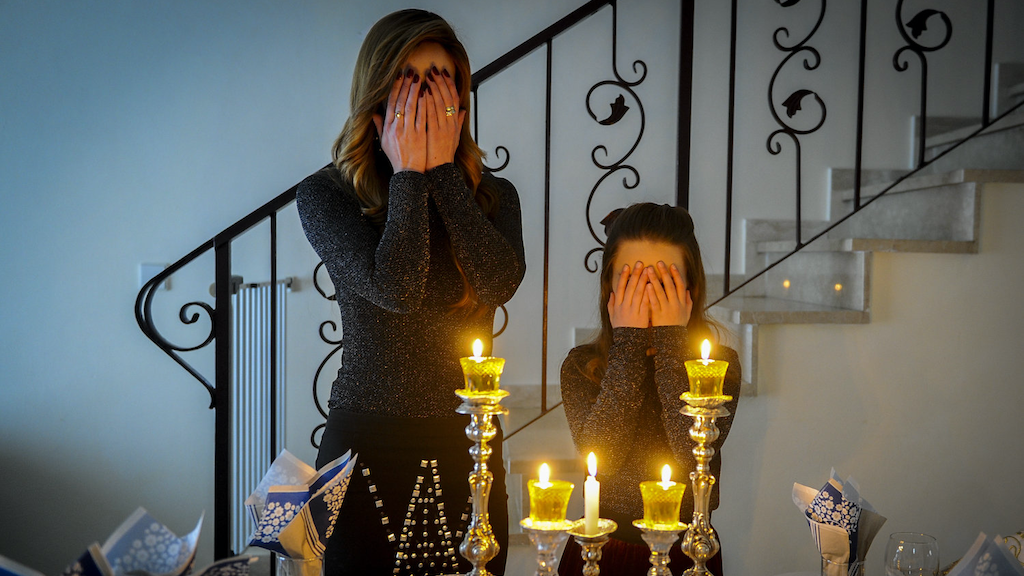Sabbath Candles – Signs of the Faith
In this series, ‘Signs of Faith’, objects, procedures and concepts that express Jewish faith are explained and discussed.
It is Friday evening. Night falls, and the working week is completed. Eighteen minutes before Shabbat begins, Jewish girls and women light the lights of the Shabbat.
Lighting the candles is the first mitzvah (religious duty) of the Sabbath, even before kiddush is made. Generally, at least two candles are lit. They refer to the Sabbath commandment in the two versions of the Ten Commandments: “Remember the Sabbath day” (Exodus 20:8) and “Observe the Sabbath day” (Deuteronomy 5:12). The woman is the backbone of the home and of the people of Israel. Therefore, she typically lights the candles. She often lights a candle for each of her children in addition to the two Sabbath candles. Tea lights can be used for this. But because the light also recalls the menorah in the temple, some people use lamps with olive oil. In any case, the light should burn long enough to enjoy it in the evening.
The light of the candle, the light of the Sabbath, refers to the light of the first day of creation. The Sabbath is the end and culmination of the creation week, but creation is an ongoing process. The light sheds its glow ahead of the new week.
In the Bible, we find no explicit instruction to light Sabbath candles. Nevertheless, the berachah (blessing) that accompanies it gives thanks to God for sanctifying Israel with His commandments and ordering the lighting of the Sabbath lights. Jewish lore has heard all kinds of allusions to it in the Bible. The basis is the ‘delight’ and honour of the Sabbath (Isaiah 58:13). Light gives an atmosphere of dignity and brilliance; it brings peace because it makes us discern each other’s unique qualities and so be together in harmony. Moreover, it is written, “For the commandment is a lamp and Torah is light” (Proverbs 6:23).
Finally, it also resembles the soul. The flame needs the matter of the candle. Similarly, the soul needs the body to express its potential in this world. Light, like the soul, is intangible, immaterial. A flame is always striving upwards. So does the soul.






